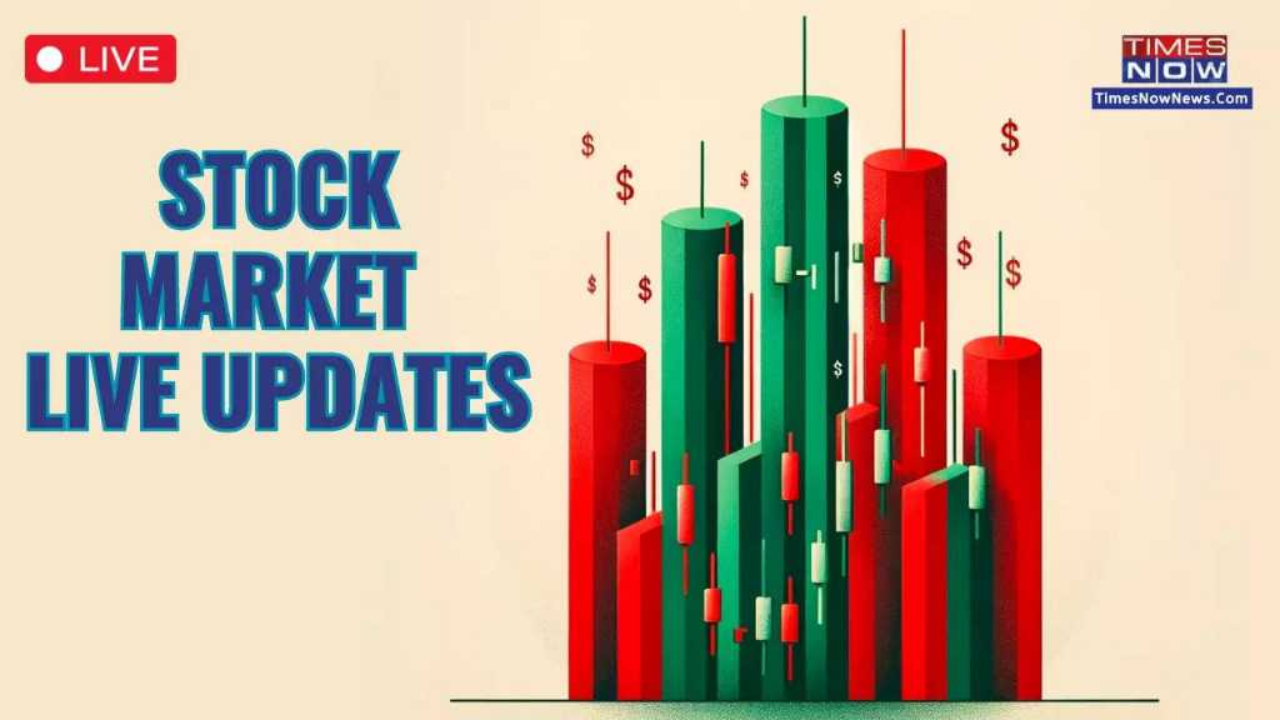
Eli Lilly's Earnings Report Reflects Challenges in Revenue Growth and GLP-1 Drug Market
Stock Market30/10/2024 Mr. Smith
Mr. Smith
Eli Lilly and Company (LLY) recently reported a disappointing third-quarter earnings report, falling short of Wall Street revenue expectations and marking its steepest single-day decline since 2000. The pharmaceutical giant's results revealed missed earnings per share (EPS) expectations and a revenue decrease, highlighting the complex landscape for Lilly’s future in the GLP-1 drug market.
Disappointing Earnings and Revenue Impact Stock Performance
In its third-quarter financial report, Eli Lilly posted revenue of $11.4 billion, which failed to meet analyst estimates of $12.17 billion. While this still marks a 20% year-over-year increase, the figures weren’t enough to reassure investors, resulting in a dramatic share price decline of over 13% in early trading. Wall Street expectations for EPS were set at $1.51, yet the company reported only $1.18, a significant miss of 20% that underscores ongoing challenges for the company.
Lilly also adjusted its profit guidance for the year, lowering the high end of its revenue outlook. This adjustment reflects concerns surrounding its blockbuster weight-loss and diabetes treatments, Zepbound and Mounjaro, both part of its critical GLP-1 drug portfolio.
GLP-1 Drug Portfolio Faces Inventory and Market Challenges
Lilly's flagship drugs Zepbound and Mounjaro have garnered significant attention in the weight-loss and diabetes markets, but even they fell short of expectations. Analysts anticipated Zepbound revenue to reach $1.7 billion, but the company reported nearly $1.3 billion instead. CEO Dave Ricks commented that US sales were “negatively impacted by inventory decreases in the wholesaler channel,” a statement that reflects ongoing supply chain complexities within pharmaceuticals.
Despite these setbacks, CEO Ricks expressed optimism, noting the 25% quarter-over-quarter growth in GLP-1 drugs. He emphasized the need for expanded insurance coverage and increased production capacity to fully meet demand. The FDA recently removed these drugs from the shortage list, though the agency may be reconsidering this decision due to supply concerns.
Emerging Opportunities in Obesity and Alzheimer's Drug Markets
While the GLP-1 market remains pivotal, Lilly is also developing innovative treatments for other chronic conditions. The company is progressing with an Alzheimer's drug candidate, aiming to rival Leqembi from Biogen and Eisai. However, significant barriers, including testing requirements and potential side effects like brain swelling, pose challenges for widespread adoption. CEO Ricks noted that changes in the healthcare system could facilitate better uptake in the future.
Meanwhile, the obesity market's vast potential has led to increased investor interest in Lilly. The company’s stock has surged over 50% in 2024, pushing Lilly closer to becoming a trillion-dollar healthcare giant. Despite Wednesday's stock price decline, the potential for growth remains substantial, especially with Lilly’s direct-to-consumer platform offering discounted options for cash-paying patients.
Addressing Supply Chain Issues and Market Demands
Lilly has faced significant challenges in balancing supply and demand for its popular GLP-1 drugs. The company has launched efforts to ramp up production, ensuring patients have greater access to these critical medications. Through its new direct-to-consumer platform, Lilly now provides patients with the option to purchase vials rather than auto-injector pens, potentially alleviating some of the supply issues while offering a more affordable choice.
The impact of these developments on Lilly's financial future is closely watched by investors and analysts alike. In response to the fluctuations in demand, the company is expanding its market reach and obtaining additional regulatory approvals, allowing the drugs to serve broader patient groups. With strategic moves aimed at stabilizing supply and capturing new market segments, Eli Lilly is positioning itself to navigate the challenges ahead while capitalizing on emerging opportunities in the healthcare sector.
Conclusion
As Eli Lilly continues to tackle inventory and market challenges, its potential growth in the obesity and Alzheimer's drug markets presents promising avenues for long-term success. For investors, these strategic developments offer a glimpse into the evolving pharmaceutical industry and the high-stakes competition in weight-loss and diabetes treatments.
For more information on related topics, consider exploring:






